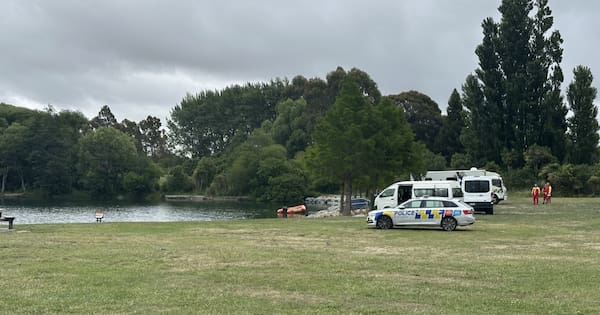A plume of ash is being emitted from Whakaari/White Island after two small eruptions last week.
Earth Sciences New Zealand said this afternoon that since the eruptions last week, MetService had detected volcanic ash and Sulphur dioxide in satellite imagery.
An observation flight found a plume of ash rising from the volcano to between 400 and 500 metres above sea level, being blown southeast for 5 to 8km.
“Based on our modelling, the observed activity is unlikely to impact the mainland with ashfall,” Earth Sciences said.
The minor ashfall on the island has resulted in deposits of fine ash accumulating on the main crater floor.
Vent temperatures were recorded around 250C, higher than temperatures recorded before the recent activity.
“However, temperatures are still well below the maximum of around 500C observed earlier this year.”
Recent observations mean the island’s volcanic alert level remained at level 3, and the aviation colour remained at orange.
“These levels acknowledge the predominant level of activity but also reflect the degree of uncertainty about volcanic activity due to the current lack of real-time monitoring data from the island.”
A gas flight was planned over the island when conditions became suitable, and Earth Sciences NZ would continue to monitor the island for any changes in activity.
“Without sensors on the Island, our monitoring continues to rely on remote cameras, satellite imagery, and periodic observation and gas flights to monitor Whakaari/White Island. We will provide further updates when information becomes available.”












